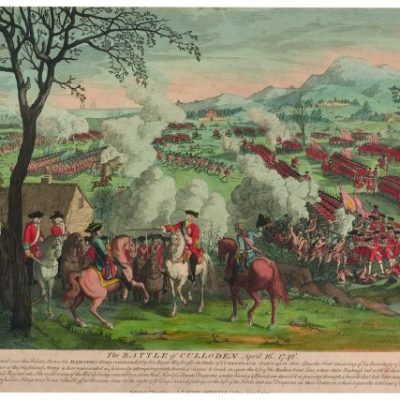Introducing Rakewell, Apollo’s wandering eye on the art world. Look out for regular posts taking a rakish perspective on art and museum stories.
Ah, the Tartan Army. Not since Craig Brown’s side were sunk by Gazza at Wembley in 1996 have Scotland’s finest ambassadors had quite such a good excuse for a jolly behind Auld Enemy lines. Pandemic be damned: the ‘well-refreshed hordes’ have, despite the best efforts of the Met Police, descended upon central London in their thousands ahead of this evening’s Euros face-off between England and Scotland at Wembley.
For his part, Rakewell commends the creativity with which the travelling fans have transformed the public spaces of the British capital into their personal adventure playground – whether making a bubble-bath of the William Shakespeare fountain at Leicester Square, or pluckily treating moving traffic as an obstacle course. Others might disagree – the Met has now issued a dispersal order for central London, and indeed the picture painted by various tabloids south of the border has made the Tartan Army seem an altogether more threatening proposition than anything posed by the common or garden English lout.
Still, anyone with qualms can be comforted by the fact that, at the very least, they are unlikely to be taken by surprise. They’re pretty hard to miss, the Tartan Army. The typical uniform is a kind of mass-produced tartan cap with faux-ginger sideburns, a Scotland jersey, and of course a kilt (though application of this uniform isn’t strict – fans can be found decked out in everything, from ponchos to Hawaiian leis, and, in some cases, nothing).
Having already cast an eye over the players’ strips at the Euros this year, Rakewell has enjoyed scrutinising the Scotland fans’ garb – and while many are wearing their traditional family tartans, Rakewell is pleased to have seen a decent showing for the official Tartan Army tartan, trademarked in 1997 (a few years before the official tartan of the US Army, that is). Its colours are mainly Balmoral Blue and Torea, shot through with lines of red, white and yellow, while the design is adapted from Royal Stewart – incidentally, the personal tartan of Queen Elizabeth II, which is worth bearing in mind, should the travelling Scottish support follow long-standing precedent and boo ‘God Save the Queen’ this evening. Tradition: it’s a funny old thing.
Got a story for Rakewell? Get in touch at rakewell@apollomag.com or via @Rakewelltweets.




